Introducing the project.
Buffalo Niagara Waterkeeper is currently working to identify fish barriers in the Niagara River/Lake Erie Watershed, and to prioritize streams and barriers in the headwaters for future restoration efforts.
The primary focus of this work is to improve the range of trout, with particular emphasis on native brook trout habitat. That being said, we see this as an opportunity to improve habitat connectivity for all aquatic and terrestrial wildlife by improving stream corridor connectivity. This project was funded and supported by the US Fish and Wildlife Service (F&WS) with additional data and technical support provide by NYS Department of Environmental Conservation (DEC).
Why is This Needed?
As streams meander throughout the landscape, they are particularly vulnerable to fragmentation by “barriers,” man-made structures such as dams and road and railroad crossings.
In the same way that roadways act as transportation corridors for humans, streams serve as corridors for fish and wildlife to feed and reproduce. When movement is hindered by barriers, fish and wildlife are more susceptible to stressors, such as disease and land-use changes.
Brook trout have been particularly vulnerable to these stressors in the Niagara River/Lake Erie Watershed and throughout the Northeast. Brook trout play a vital role in our headwater ecosystems as the primary dominant predator in the absence of non-native species such as stocked brown trout or sunfish. Buffalo Niagara Waterkeeper is working to protect Brook trout and their habitat in the Niagara River/Lake Erie Watershed.
Progress
- DEC and F&WS Trout Spawning Populations records were used to identify a short list of streams and barriers requiring further prioritization.
- A Technical Advisory Committee (TAC) was formed to help focus stream and trout locations and prioritize the types of information needed as well as suite of barriers to be further assessed.
- Historical records were digitized and GIS maps were created of all barriers ranked by high, medium, and low impact.
- Initial site visits were conducted to visually inspect high priority barriers.
- Water quality data and a visual assessment of fish communities were completed to determine baseline conditions.
- Photo documentation and GPS coordinates were taken at all locations.
- Based on preliminary data, high priority culverts were surveyed and inspected to determine potential barriers to fish migration.
- Fish surveys were conducted at all high priority barriers to document and verify species presences.
- Using the USFWS Fish-Xing model culvert data was used to determine the potential fish passage and mitigation parameters for targeted species (brook trout).
- High priority culvert data was uploaded to a regional database.
- Edited the NAACC form to be fillable for field work.
- Additional efforts were made to determine the extent of brook trout stream penetration by examining stream classification, temperature data, historical records, and upstream/downstream trackdown by performing fish population surveys at culverts.
Educational and Outreach Events & Materials
As part of this project, Buffalo Niagara Waterkeeper has created a summary brochure to be distributed to the public and created a technical brochure to distribute to regional practitioners working in the Niagara River/Lake Erie Watershed.
Public Outreach
Buffalo Niagara Waterkeeper will host and participate in a series of public events that highlight the work being completed under this grant and to distribute information materials. Events include hiking tours, family fishing events, public forums and more. For more information regarding these events please check our events calendar.
Technical Outreach
Buffalo Niagara Waterkeeper has developed a technical guide specific to the Niagara River/Lake Erie Watershed, and is hosting two meetings with local practitioners working in the upper watershed. The technical guide can be viewed here.
The Erie County meeting was held on November 16th, 2015.
The Wyoming/ Genesee County meeting was held on December 2, 2015.


